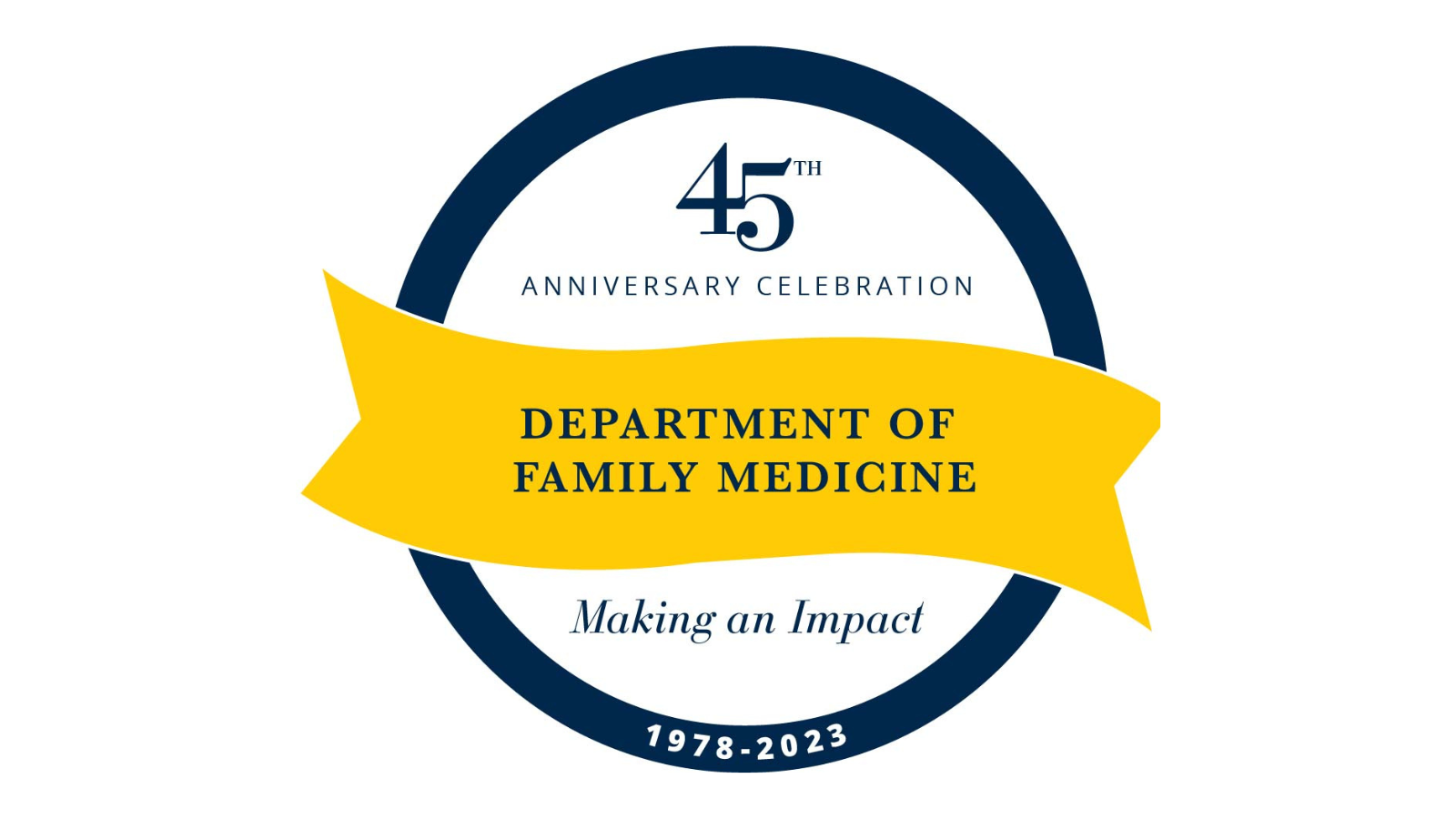The increasing number of vaccinations taking place worldwide includes pregnant women with the goal of protecting the mother as well as the infant. All immunizations require safety data monitoring using uniformly documented definitions of outcomes, which have been inconsistently reported to date.
This uniformity is important so that we are all discussing the same infection with the same severity of illness. For instance, puerperal sepsis (infection of the female genital tract following childbirth or abortion/miscarriage) is defined in many ways throughout the literature and at local health facilities, yet it is responsible for more than 10% of all maternal deaths worldwide. It also occurs disproportionately more often in low- and middle-income countries, and we have not, to date, closely studied its prevalence following maternal immunization.
“Without uniform definitions, we, as clinicians, are unable to identify and appropriately manage these infections in the field, thereby preventing maternal and infant morbidity and mortality,” says Diane Harper, M.D., M.P.H., M.S., professor, departments of family medicine and obstetrics & gynecology. “Likewise, without uniform definitions, we, as researchers, cannot categorize and analyze meaningful interventions to prevent these infections.”
Endometritis among under-reported infections
This infection of the genital tract, as defined by the World Health Organization, includes both chorioamnionitis and postpartum endometritis or endomyometritis (PPE). These are two of the most common childbirth infections, which are also likely to be inconsistently reported.

Harper was a co-author on “Postpartum endometritis and infection following incomplete or complete abortion: Case definition & guidelines for data collection, analysis, and presentation of maternal immunization safety data,” which appears in the December edition of the journal Vaccine.
“There has been extensive work done to define by levels, 1, 2 and 3 the evidence to define endometritis after an incomplete or complete abortion,” says Harper, who emphasizes there is now a global consensus on this, which “is hopefully used by our maternal and fetal/infant physician scientists to improve morbidity and mortality.”
As part of this, Harper has worked with the Global Alignment of Immunization Safety in Pregnancy (GAIA) funded by the Gates Foundation “specifically on neonatal and maternal definitions of outcomes that now can be rigorously classified for future surveillance and data analysis as they relate to immunization safety in pregnancy.”
This collaboration has resulted in not only this current publication, but another one (also in Vaccine) on “Pathways to preterm birth: Case definition and guidelines for data collection, analysis, and presentation of immunization safety data.”
Creation of GAIA network seeks global commonality
In 2014, WHO convened an expert consultation for four specific purposes:
- Review existing obstetrical and pediatric adverse event case definitions and guidance documents.
- Prioritize terms for key events for continuous monitoring of vaccine safety in pregnancy.
- Develop concept definitions for these events.
- Recommend a core data set of key terms of events to be collected when monitoring safety of vaccines used in pregnancy.
“The consultation also recommended developing a guidance document for data collection, analysis and presentation of safety data, tools for harmonized data collection, data sharing, and the use of health-care data sets to strengthen safety surveillance,” says Harper.
READ ALSO: HARPER LEADS STUDY THAT SHOWS PROMISING EFFECTS OF EXPERIMENTAL HPV IMMUNONTHERAPY
The GAIA network helps create a global, common understanding of outcomes and approaches to monitoring safety of vaccines used in pregnancy with particular focus on low- and middle-income countries (LMICs). GAIA prepared draft guidelines on prioritizing data “to be collected in studies of the use of vaccines in pregnancy, and to assist their applicability in various geographical, cultural and resource settings, including LMICs,” explains Harper. “The intention is also to optimize the use of data obtained from participants in clinical trials by improving data accuracy and comparability.”
These guidelines are not regulatory in nature, but can be used to for the planning, evaluation, and implementation of studies on vaccines used in pregnancy.
Article citation: Rouse C, Eckert L, Harper DM et al. Postpartum endometritis and infection following incomplete or complete abortion: Case definition & guidelines for data collection, analysis, and presentation of maternal immunization safety data. Vaccine. 2019;37(52):7585-7595. dx.doi.org/10.1016/j.vaccine.2019.09.101.


